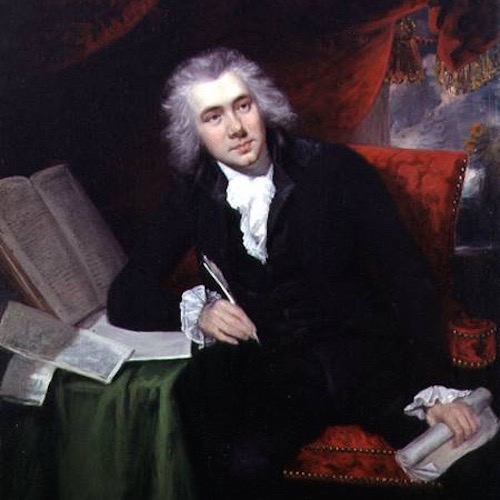 Culture & Ethics
Culture & Ethics
 Faith & Science
Faith & Science
 Medicine
Medicine
Wilberforce Redux: What the Planned Parenthood Videos Mean

The Planned Parenthood videos are a moral turning point in the battle for protection and respect for all human beings in all stages and stations of life. My hope is that it will be a practical turning point as well, leading to the legal protection of all children in the womb. But at the very least, it is a moral turning point.
The closest parallel to the modern pro-life movement is the anti-slavery movement of the late 18th and the 19th century. Both movements have defended the helpless and the weak against the strong, and both movements defended the full humanity of all human beings. Both movements insisted that we are endowed by our Creator with certain unalienable rights — the right to liberty and the right to life. It’s worth noting that the pro-life movement and the anti-slavery movement share a trait quite rare in mass movements — they are about rights for others, not rights for the people in the movement itself.
Both the anti-slavery movement and the pro-life movement have battled entrenched political and social forces with a strong financial interest in maintaining the status quo, and both movements battled against the scientific establishment — the anti-slavery movement against scientific racism and the pro-life movement to this day against the junk science that denies the full humanity of children in the womb.
To understand this moral turning point, it’s worth considering the singular accomplishment of William Wilberforce (pictured above), the British Parliamentarian and devout Evangelical Anglican who fought successfully for decades to end the British slave trade.
In my view Wilberforce’s most remarkable accomplishment was not just his abolition of the slave trade — as remarkable as that was — but something more sublime. Historians noted that only a few decades after Wilberforce’s death, the institution of slavery — an institution as old as humanity that was considered unexceptional and simply a part of the nature of human society throughout recorded history — was never again defended morally in public.
Wilberforce not only destroyed the slave trade. He delegitimized slavery. He destroyed all moral justification for the ownership and use of human beings as property. Slavery would persist in some parts of the world after Wilberforce’s death, and it persists to this day, but it can never again be defended morally.
This is beginning to happen to abortion. The Planned Parenthood videos are stripping away the rational and moral justifications for the abortion industry. The abortion “doctors” munching lunch and sipping wine while negotiating the sale of the body parts of children they’ve just killed is as damning — and accurate — an image as one can imagine of the abortion industry.
No doubt the same casual chatter of gold teeth and artistic tattoos on recently harvested skin happened in the eateries around Auschwitz. The abortionists in the Planned Parenthood videos candidly admit selling organs of children and haggle over price — to ensure they get their Lamborghini and a little extra for the clinic. The workers in the clinic acknowledge with levity the humanity of the children they’re dissecting — “It’s another boy!”
No remotely sensitive human being can remain unmoved by these videos. Abortion and the selling of body parts of babies will go on, for a while it seems, but it will be increasingly hard to defend abortion openly or rationally.
So what do the Planned Parenthood videos mean? How are we as a nation changed by these revelations? I am reminded of Wilberforce’s remark on the slave trade before the House of Parliament: “You may choose to look away, but you can never say again that you did not know.”
Image: William Wilberforce, by John Rising (1753-1817) [Public domain], via Wikimedia Commons.
